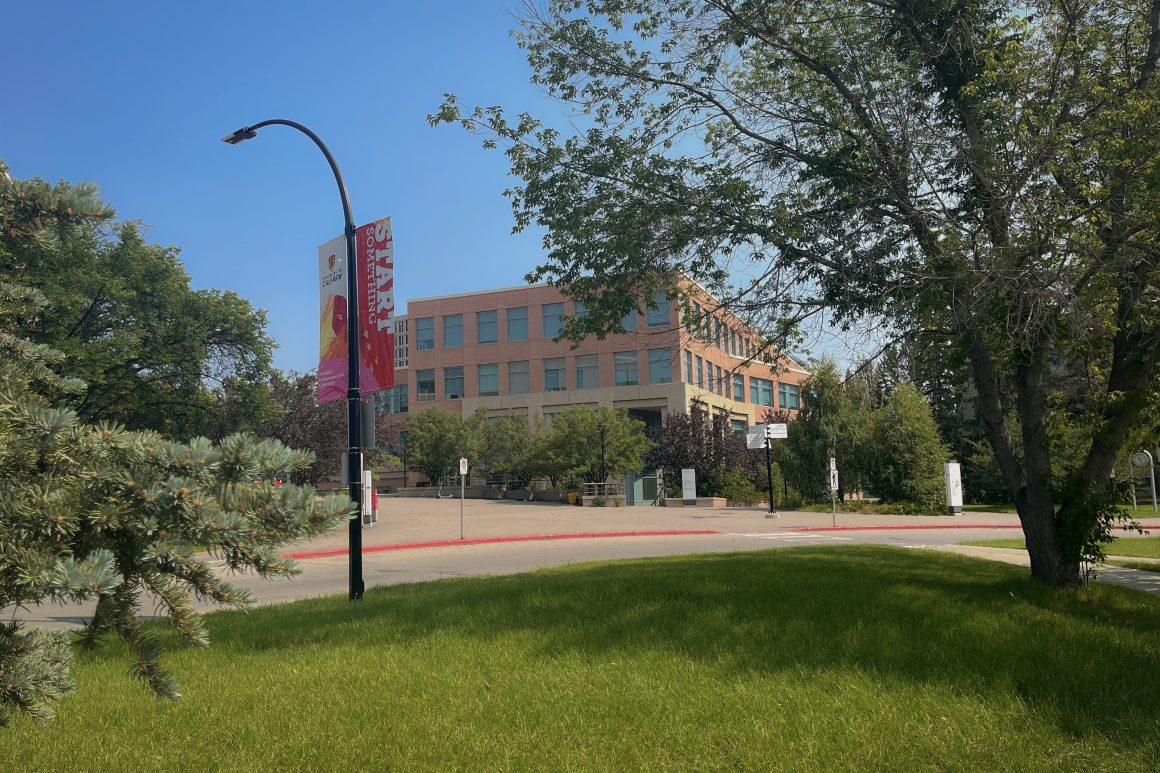
University of Calgary students explore Aboriginal Law in Yukon
By Nazeefa Ahmed, Kimberly Taylor, August 21 2023—
This May, twelve Faculty of Law students traveled to Yukon to participate in a two-week course titled, Modern Treaties and Law. The course is a new addition to the law curriculum, where students learn about the connection between Aboriginal law and Indigenous law from researchers, Indigenous community members, Indigenous Elders and law professionals in the area.
Aboriginal law is a section of Canadian law that covers topics related to Indigenous peoples, including modern treaties and land claims, whereas Indigenous law is the legal traditions practiced by Indigenous groups and nations in Canada. Number 28 of the Truth and Reconciliation Commission of Canada’s Calls to Action requires law students to take courses in Indigenous people and the law.
University Affairs writer Kerry Banks describes how the changing legal landscape in Canada makes Aboriginal law the fastest-growing sector, with academic institutions modernizing their curriculum.
“In reaction to this rapidly evolving legal landscape, and in response to the 2015 Truth and Reconciliation Commission of Canada’s Calls to Action, law schools have not only bolstered their Aboriginal law offerings but are also introducing new courses aimed at enhancing students’ understanding of Indigenous issues and legal traditions,” read the article.
In an interview with the Gauntlet, associate professor David Wright, J.D. said the Law School saw this course as an opportunity for students, but also to answer the call from the TRC.
“The law school was very supportive of the development of this course […] With reconciliation, nothing moves as fast as we’d like but steps in the right direction are being taken, including this new course.”
Associate professor Dr. Robert Hamilton describes the process of incorporating elements of Indigenous law into an Aboriginal law course with Wright.
“This is mostly a course in Aboriginal law. We look at Canadian court decisions and at the modern treaties themselves — how they’re interpreted and applied in Canadian law,” said Hamilton. “What going to Yukon allows us to do is to see where Indigenous law is shaping these agreements, and where these agreements are providing space for the revitalization of Indigenous legal orders.”
Hamilton believes that the legal landscape in Aboriginal law is changing rapidly because Indigenous groups are taking control of their autonomy more than before and that law students need to be prepared for the change.
“Indigenous peoples are continuing to advocate strongly for recognition of their inherent rights of self-government and self-determination. They’re continuing to push Canadian society to recognize their agency decision, making authority to reshape and rethink law and governance in a way that recognizes their dignity,” said Hamilton. “All of that has really caused that area of the law to undergo pretty rapid transformations over the past two decades.”
The course is open to students who have completed their first year of law school. Yukon was chosen because the province has the greatest density of modern treaties in Canada. Students were exposed to lawyers and Indigenous leaders who taught them in classrooms and on the land.
“We had a retired judge who has decided a number of important modern treaty decisions come and visit our classroom, as well as speakers from the Council of Yukon,” said Hamilton. “We spent the second week at the Kluane Lake Research Station. We also visited the Kluane First Nation and the Champagne and Aishihik First Nations.”
In addition, Wright lived in the Yukon as a youth and has worked across the north in the modern treaties legal area and has expanded his legal practice to include teaching and research in this area. There was significant demand for the course this first year.
“We expect increased demand for the next session,” said Wright. “it’s an intimate experience that needs to be approached sensitively, so a class any bigger than twelve is not really appropriate. We don’t want to be a burden on these communities, and also the relationship needs to be there.”
Hamilton credited the First Nations in Yukon for helping law students learn how they apply their classroom teachings to legal settings.
“One of the things that made the course possible was the hospitality and openness of the First Nations in Yukon,” said Hamilton. “They were incredibly open to helping us learn about these agreements and how they’re implementing them and managing them on the ground. Without that, the course really could not have succeeded in the way that it did.”
Wright reported that the experience was powerful and positive for everyone involved and has been something he’s been reflecting on.
“I’m still reflecting on the experience. It was very positive and exceeded my expectations, and I think the students’ expectations as well.”
More information about the course can be found on the Faculty of Law website and more information about modern treaties and land claims can be found on the Land Claims Coalition website.
